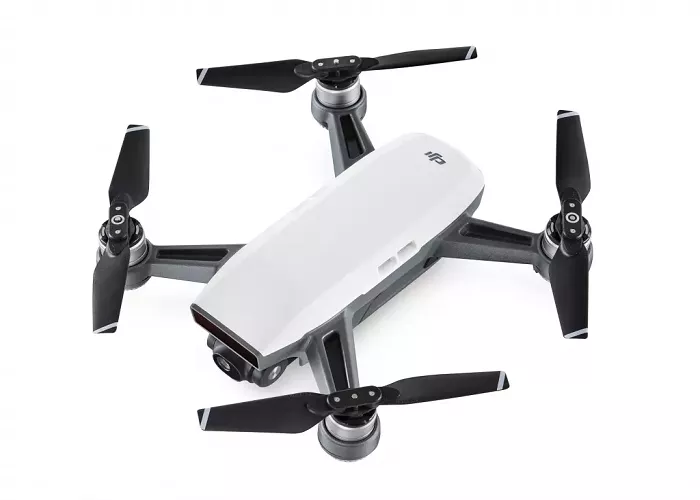The DJI Spark is a compact and user-friendly drone that has captured the interest of both beginners and seasoned drone enthusiasts. Despite its small size, it offers impressive features, including a notable flight range. Understanding the DJI Spark’s flight capabilities is essential for maximizing its performance and ensuring safe operation.
What is the DJI Spark’s Flight Range?
DJI Spark: Official vs. Real-World Flight Range
1. DJI’s Official Specifications
According to DJI, the Spark has the following maximum transmission ranges:
| Control Method | Max Range (No Obstacles) |
|---|---|
| Wi-Fi Only (Smartphone Control) | 100m (328 ft) |
| With Remote Controller (2.4 GHz) | 2 km (1.24 miles) |
However, these numbers are based on ideal conditions (no interference, open space). In reality, most users experience shorter distances.
2. Real-World Flight Distance Tests
- Wi-Fi Control (No Remote) – Most users report 50-80m (164-262 ft) before losing signal.
- With Remote Controller – Typically 500m-1.5 km (0.3-0.9 miles) in urban areas, up to 2 km (1.24 miles) in open fields.
Warning: Flying beyond visual line of sight (BVLOS) is illegal in most countries and can lead to signal loss or crashes.
Factors Influencing Flight Range
Several factors can affect the DJI Spark’s effective flight range:
1. Environmental Interference
Urban areas with numerous Wi-Fi networks and electronic devices can cause signal interference, reducing the drone’s range.
2. Physical Obstructions
Buildings, trees, and other obstacles can block or weaken the signal between the drone and the controller, limiting the operational distance.
3. Weather Conditions
Wind, rain, and other adverse weather conditions can impact the drone’s stability and signal strength, affecting its range.
4. Battery Life
The Spark’s battery life directly influences its flight time and, consequently, how far it can travel.
Battery Life and Its Impact on Flight Distance
The DJI Spark is equipped with a 1,480 mAh LiPo battery, providing a maximum flight time of approximately 16 minutes under ideal conditions.
- Real-World Flight Time: Users often experience flight times ranging from 12 to 14 minutes, accounting for takeoff, landing, and varying flight conditions.
It’s crucial to monitor battery levels during flight to ensure the drone has sufficient power to return safely.
Tips for Maximizing Flight Range
To achieve the best possible flight range with your DJI Spark:
- Use the Remote Controller: This provides a stronger and more reliable connection compared to smartphone control.
- Fly in Open Areas: Choose locations free from obstructions and electronic interference.
- Monitor Battery Levels: Ensure the battery is fully charged before flight and keep an eye on power levels during operation.
- Update Firmware: Regularly update the drone’s firmware to benefit from performance improvements and bug fixes.
Safety Considerations
When operating the DJI Spark:
- Adhere to Local Regulations: Familiarize yourself with and follow drone laws and guidelines in your area.
- Maintain Line of Sight: Always keep the drone within your visual line of sight to prevent accidents.
- Avoid Restricted Areas: Do not fly near airports, military bases, or other no-fly zones.
Conclusion
The DJI Spark offers a commendable flight range, especially when used with the dedicated remote controller. By understanding the factors that influence its range and following best practices, users can enjoy a safe and rewarding flying experience. Whether capturing aerial photography or exploring new perspectives, the Spark proves to be a reliable companion in the skies.


